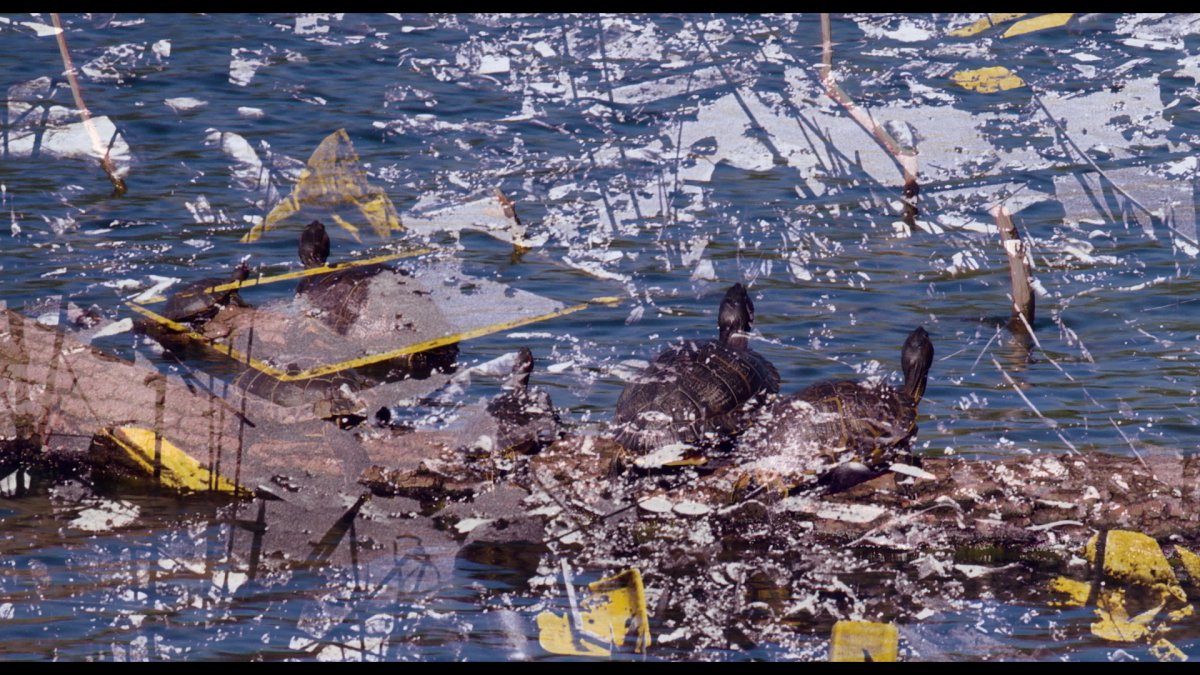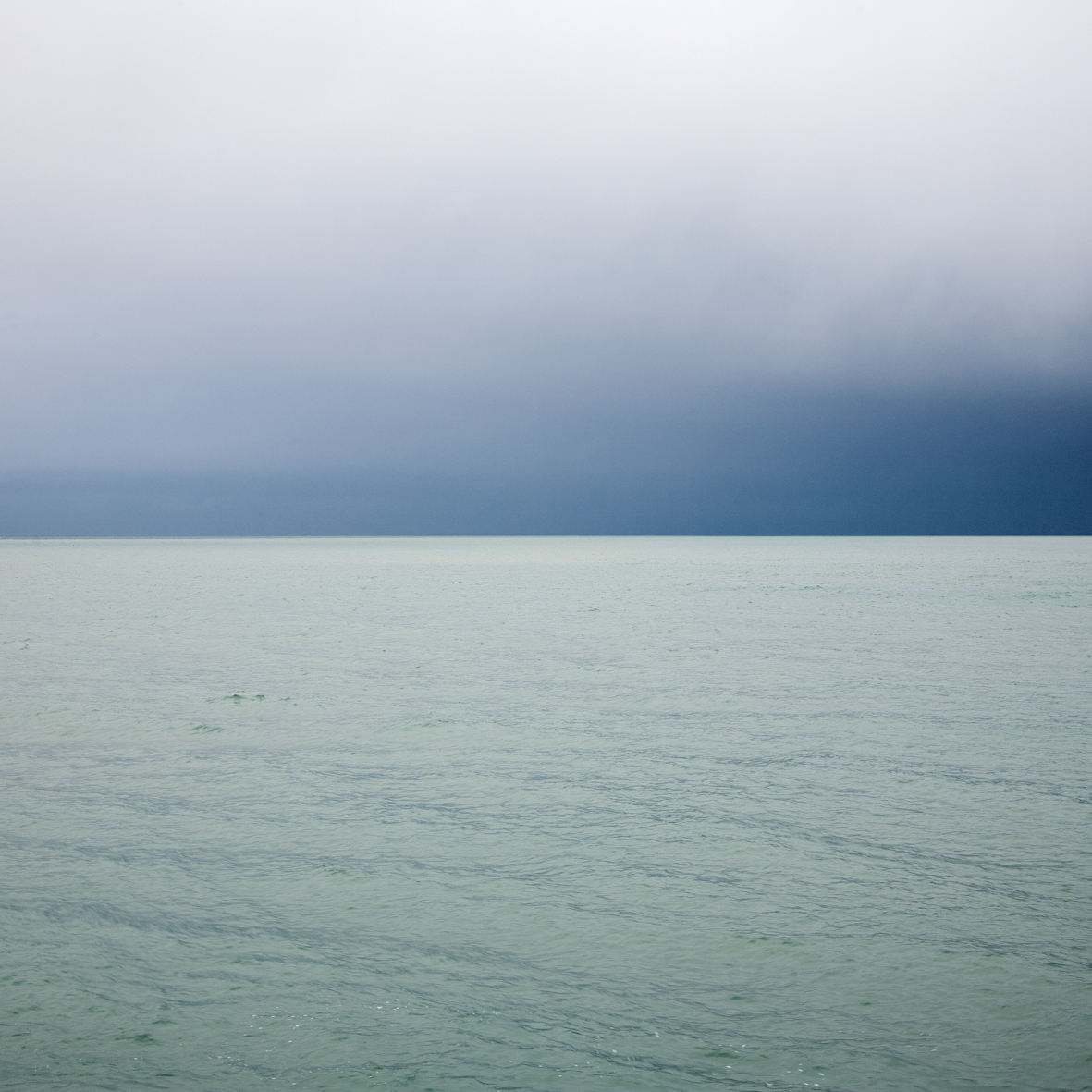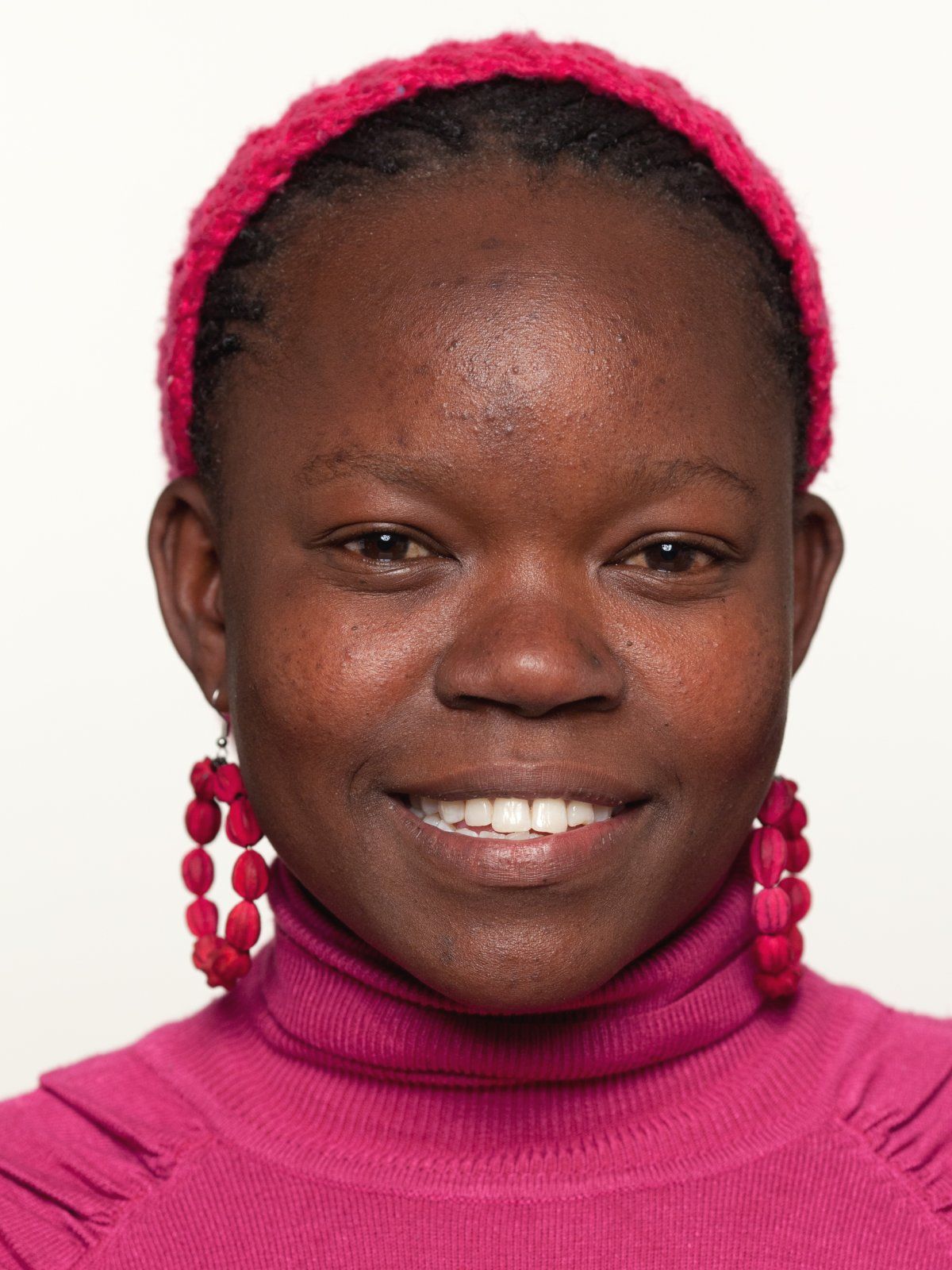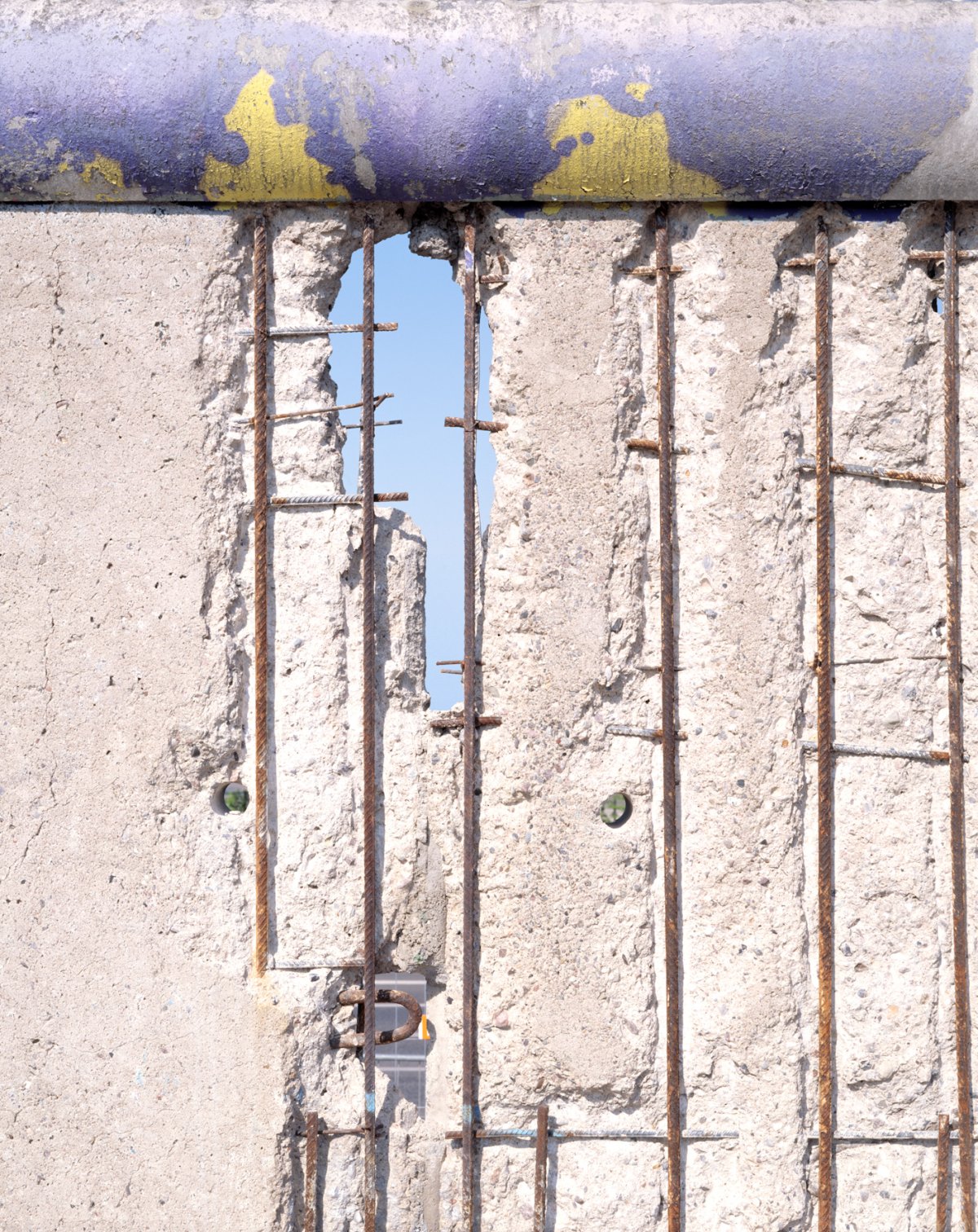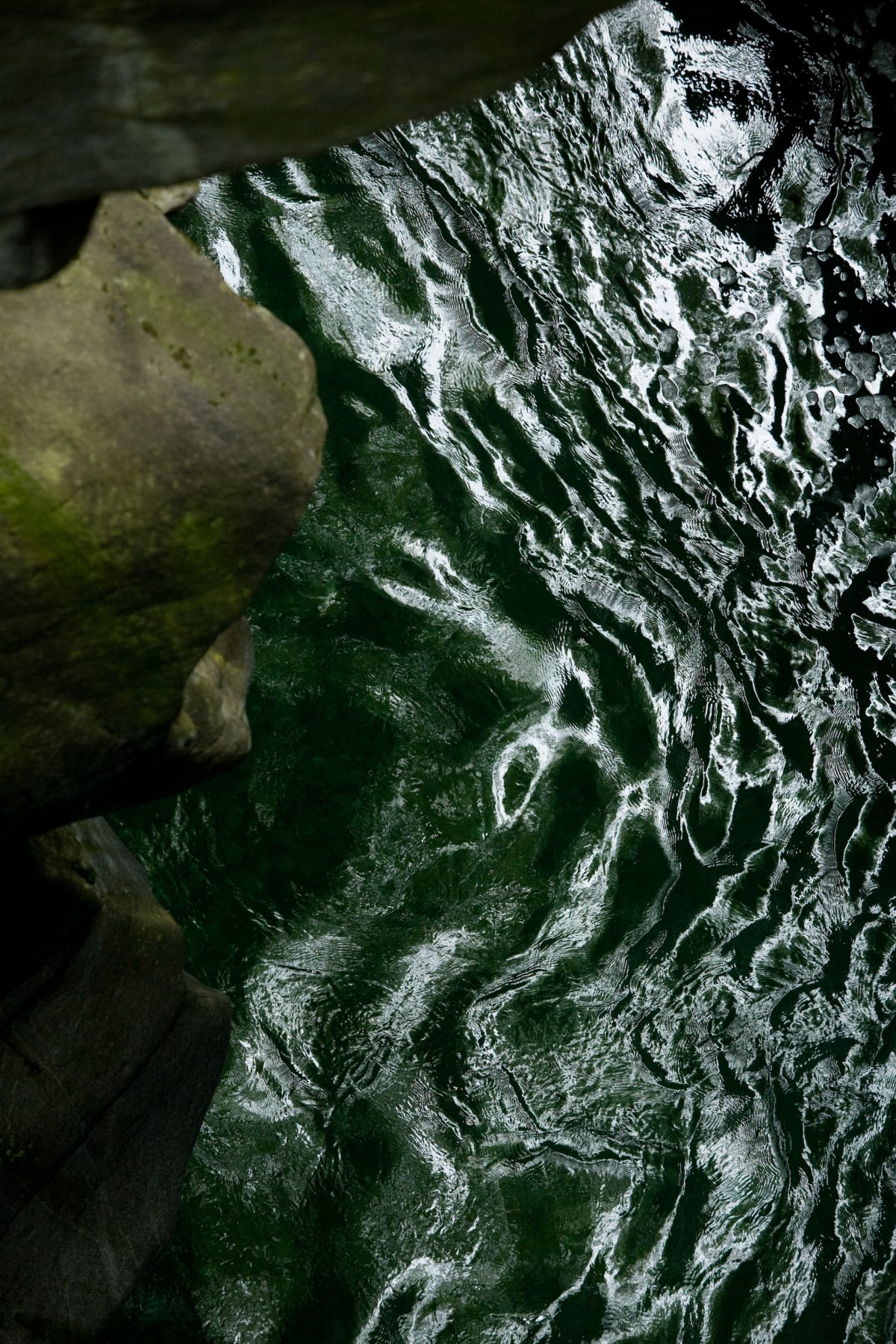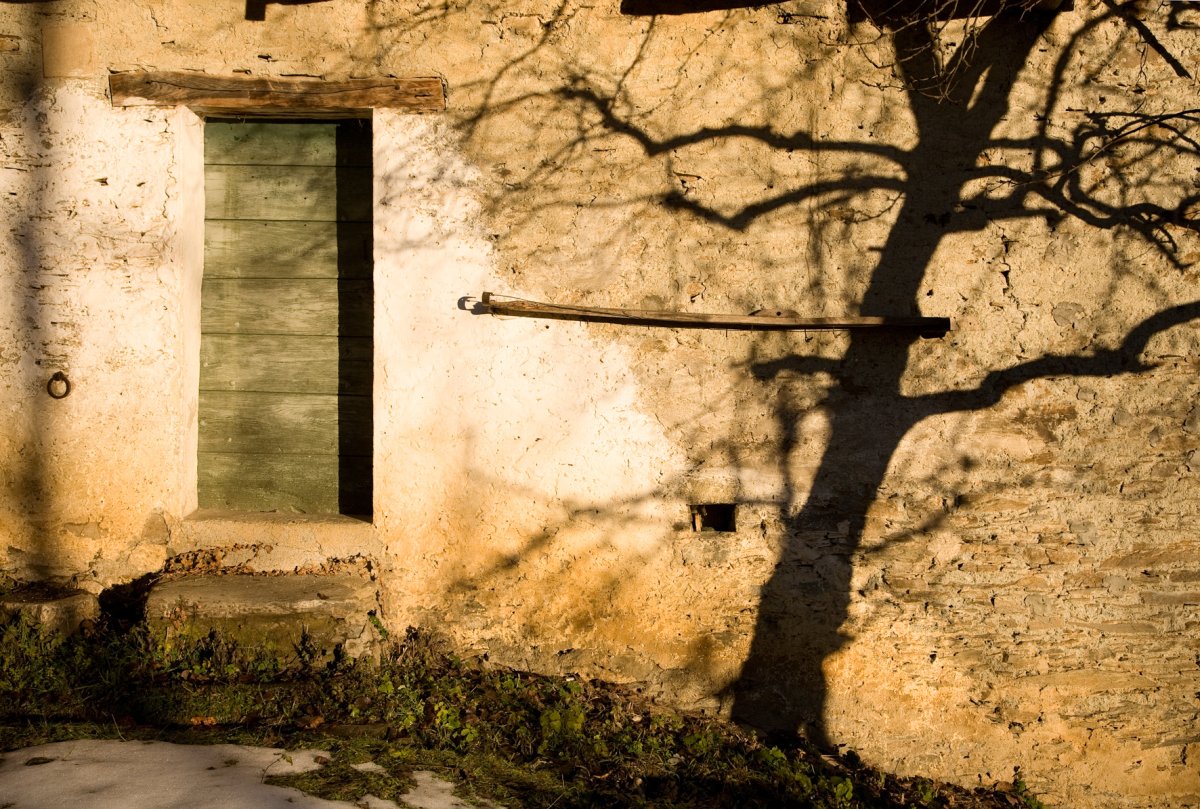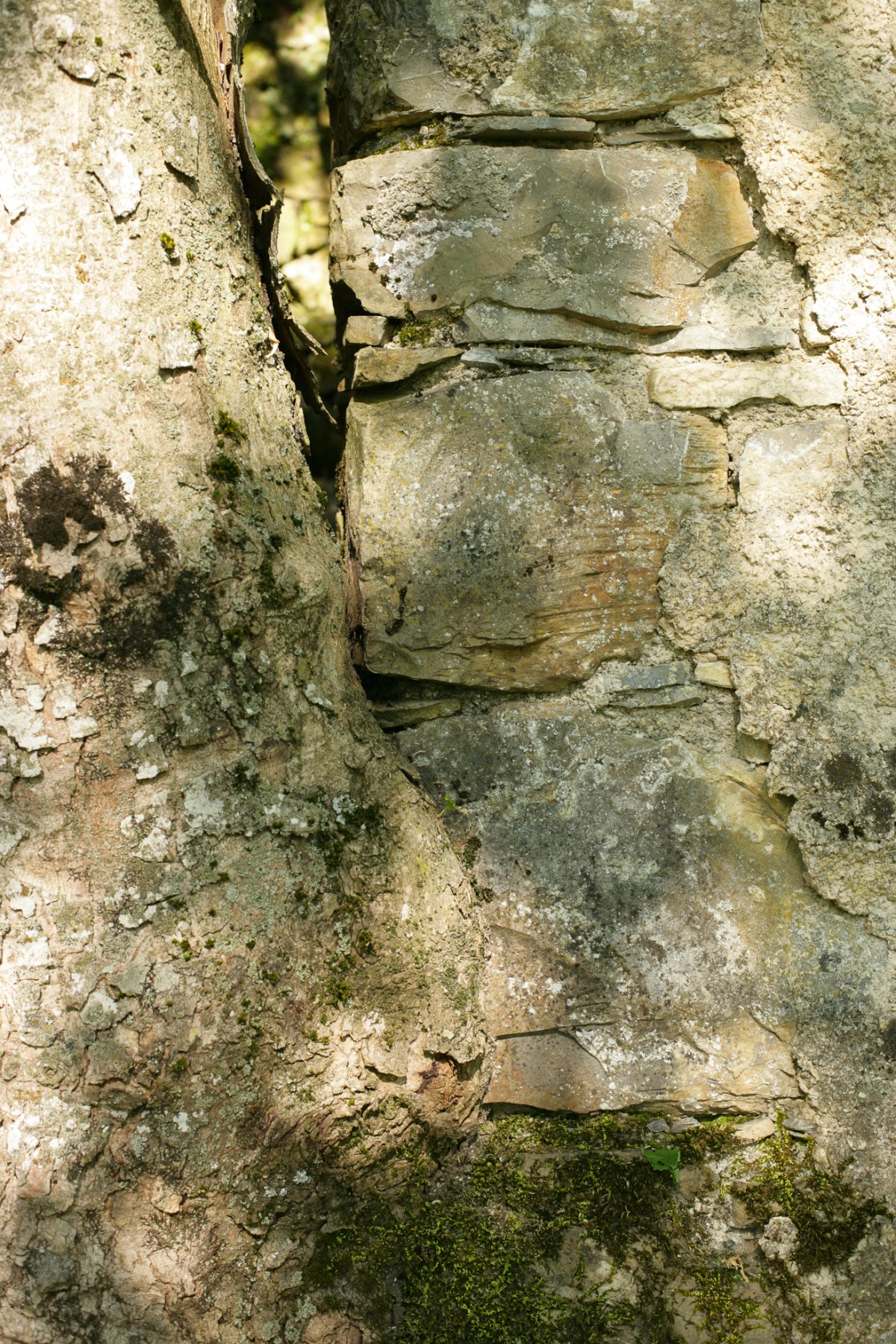ViewsVisions. Parco delle Cave, Milano, 2024 (1976-1979, 1981)
To my father Ennio, whose attentive gaze has contributed more than any other experience or teaching to shaping my way of looking and representing through photography.
Direction, cinematography, moving and still shots: Alessandro Vicario
Historical still photographs (1976-1979): Ennio Vicario
Editing: Davide Ferrario – Videozone.
Soundless video installation on 9 monitors / wall projections.
By Alessandro Vicario with photographs by Ennio Vicario.
Direction, cinematography, moving and still shots: Alessandro Vicario
Historical still photographs (1976-1979): Ennio Vicario
Editing: Davide Ferrario – Videozone.
Nel segreto di una casa / In the Secrecy of a Home (2024)
Unedited series.
It will be on show from 9 April to 24 May 2024
Curated by Elena CarottiCritical text by Gigliola Foschi
Via Mantova 21, 20135 Milano
Opening 2024 April 9 h 18:00
Free admission
Tree Maps (2015 - in progress)
Fine Art print on cotton paper, wooden frame and art glass. Ed. 8 + 3 AP. Free size.
Horizons (2007 - in progress)
Fine Art print on cotton paper, wooden frame and art glass. Ed. 5 + 2 AP. Free size.
Facing the horizon line and letting it reveal itself by merely being there: a straight line separating the sky from the sea or from a field of snow.
Facce a Milano (2010-2011)
È una performance durata diversi giorni che Alessandro Vicario ha compiuto a cavallo tra dicembre 2010 e gennaio 2011 in occasione della mostra collettiva “Urban X” alla Red Gallery di Milano, a cura di Jacopo Muzio.
L'Autore aveva allestito un set fotografico in una sala della galleria e a tutti coloro che desideravano essere coinvolti chiedeva di porsi di fronte alla telecamera e di esprimersi liberamente su Milano, con la massima libertà e senza porre alcun limite di tempo: un modo tanto semplice quanto efficace per dare la parola ai cittadini ma anche a turisti, a passanti incuriositi. Ne è scaturito un insieme di "fototessere parlanti" con durata e stili eterogenei: monologhi concisi o prolissi, dotti o spensierati, smaliziati o imbarazzati, ottimisti o pessimisti, provocatori o conformisti, razionali o stralunati, intimisti o politici. Ma tutti improvvisati e autentici.
Senza alcuna pretesa di fornire una rappresentazione completa dei pensieri e dei sentimenti della gente rispetto alla città, le "testimonianze" raccolte da Vicario offrono spunti di riflessione vivi e talora sorprendenti.
Soon online an extract of the "Fototessere parlanti / Talking ID photos"
Ove dicesi a Novella sopra la montagna presso Arcegno (2010)
Ancora una volta, spunto dell'indagine visiva di Alessandro Vicario sono dei “reperti del passato”: certi ruderi di case che furono adoperate per ricoverare gli appestati di un piccolo centro del Canton Ticino, durante l’epidemia della fine del Cinquecento. Questo lavoro, tuttavia, è molto diverso da quelli ai quali l’autore ci ha abituato. Per la prima volta, infatti, anziché proporre immagini iperrealistiche realizzate col banco ottico, Vicario ha usato la fotografia stenopeica: ma registrando l’immagine mediante un sensore digitale; e sottoponendo i risultati a un inconsueto “trattamento”. Ha stampato le fotografie stenopeiche su piastrelle di ceramica; le ha frantumate; le ha ricomposte e infine le ha riprodotte. Le opere esposte sono riproduzioni: fotografie di fotografie. Un procedimento laborioso che, ben lungi dall’essere un espediente estetico fine a se stesso, rivela una suggestiva riflessione sulla natura stessa della rappresentazione.
Chromatic Concepts (2008-2010)
Fine Art print on cotton paper. Ed. 4+ 2 AP. Free size.
In this research Alessandro Vicario isolates the colours: the natural forms that are the generators for these hues are not clear to see. It is left up to the viewer to imagine the shapes, to perhaps catch a glimpse of them here and there; but then the author conceals them again behind images that can be monochrome and vibrant like Phil Sims' paintings, bright and iridescent like a work by David Simpson, or even gloomy and filled with darkness. It is as if his images intentionally oscillate towards the very matter of nature and sometimes towards abstraction, persistently remaining in an ambiguous gap, open to the viewer’s interpretation. As Gigliola Foschi writes in the catalogue: «This author's images differ from the tradition of abstract photography, characterized by self-reflective, self-referential operations. In Vicario's work it is obvious instead that abstraction doesn't come as the result of a “narcissistic” reflection on photography but, at the very opposite, it comes from the magic spell exerted by the colours of nature».
Along the Wall. Berlin 2009
Fine Art print on cotton paper. Ed. 5 + 2 AP. Free size.
Alessandro Vicario focuses his gaze on people as they pass by streches of the Berlin Wall that are still standing. His photographs play on the contrast between the human figure, captured as it moves in front of the lens, and the section of the Wall, always sharply defined and clearly visible, in the background. Vicario's blurring is an existyential, psycological and also sociological blurring. It expresses trepidation, instability. It indicates modern mans's attempt to establish contact with the world in which they lives, to understand if it is the places that are changing more rapidly, or their life.
Die Berliner Mauer (2003-2009)
Fine Art print on cotton paper. Ed. 6.
Roberto Mutti (extract from the catalogue)
22 giugno 2008, ore 15.28
(90 x 60 cm)
Apparent Immobility (2008)
Fine Art print on cotton paper. Ed. 6.
(35 x50 cm)
Le ultime capanne. Borgate abbandonate della Valle Stura (2007-2008)
Fine Art print on cotton paper. Ed. 8 + 3 AP
Salina di Margherita di Savoia (2007)
Fine Art print on cotton paper. Ed. 10
Carlo Garzia, 2007
(100 x 100 cm)
A Landscape Found Again (2005-2006)
Fine Art print on cotton paper. Ed. 6 + 2 AP
In Demonte and in the Stura Valley in the tracks of Lalla Romano.
With A landscape found again. In Demonte and in the Stura Valley in the tracks of Lalla Romano, Alessandro Vicario keeps following the tracks of the great woman writer who died in 2001. This new work is the ideal development of his former Landscapes of absence. In the tracks of Lalla Romano (issued by the Locarnese publisher ELR Edizioni Le Ricerche in 2004 and shown in different exhibitions, both in Switzerland and Italy), thus intentionally repeating part of its title. The topic and inspiration source of Landscapes of absence were the domestic interiors of Lalla Romano’s house in Milan. In this new work Vicario concentrates instead on places related to the writer’s childhood, and particularly on her home village, Demonte in the Stura Valley, in the Cuneo province: landscapes, atmospheres, colours that exerted a crucial influence in shaping Lalla Romano’s sensitiveness as a writer and a painter.
Borghi abbandonati in Val Borbera (2005)
Fine Art print on cotton paper. Ed. 12.
Alessandro Vicario, 2005
Interiors of Palazzo Tiranni-Castracane in Cagli (2004)
Fine Art print on cotton paper. Ed. 5 + 2 AP.
Alessandro Vicario, 2009
Paesaggi d'assenza. Sulle tracce di Lalla Romano (2004)
Fine Art print on cotton paper. Ed. 5.
[English texts not available yet. We beg your pardon].
Metropolitan Facades (2002-2004)
Alessandro Vicario sceglie di interrompere il flusso caotico della città con immagini frontali, analitiche, simili a precisi, ordinati prelievi di realtà, come avvolti e isolati dentro un’intercapedine di vuoto. Il suo approccio visivo, così oggettivo e impassibile, volutamente anonimo, ricorda quello dei coniugi Becher e della tradizione fotografica della cosiddetta scuola di Düsseldorf. Vicario però, diversamente dai Becher, non vuole “creare delle famiglie di oggetti”; non manifesta un’impostazione catalogica, non punta alla serie. Segue invece la lezione – propria dei Becher – di uno sguardo privo di giudizi, che sa prendere le distanze dalle pretese proiettive del nostro Io. Capace di un ascolto simile a quello dell’ orecchio-specchio dell’analista, la fotografia di Vicario, come nel caso dei Becher, non si limita però a rispecchiare piattamente il “volto” dei luoghi ritratti, così come l’analista non si accontenta di lasciare banalmente la parola al paziente. Il suo vedere distanziante, nato da un allontanamento di sé e da sé, apre uno spazio, uno scarto che sospende l’univocità dell’interpretazione e si apre all’interrogazione. Nella loro enigmatica posizione frontale – quasi si facessero avanti con uno sguardo perturbante da Medusa – le immagini di Vicario lavorano sul potere straniante della fotografia, sulla sua capacità di creare “una faglia irriducibile tra segno e referente… una distanza che fa vacillare il rapporto stesso tra l’immagine e il suo oggetto ”
Gigliola Foschi
Passages (Berlin 2003)
Fine Art print on cotton paper, wooden frame and art glass. Ed. 5.
Alessandro Vicario
Berlin, September 2003
Il tempo della camera (2001)
Stampe in bn su carta baritata eseguite dell'autore. Ed. 5 + 2 p.d.a
Sono qui proposte — dopo l’immagine del vetro martellato di una porta, che introduce alla dimensione meditativa del lavoro — tre sequenze di immagini fotografiche: un polittico, un dittico e un trittico. Come il titolo indica, esse vertono sul tempo e su una camera, entità fra loro connesse da una relazione di appartenenza (della). In realtà non di una ma di due camere si tratta: in primo luogo di una stanza della casa — oggi completamente trasformata — nella quale Alessandro Vicario ha trascorso con una persona cara periodi che contano molto nella sua esperienza e memoria di vita; in secondo luogo dell'apparecchio fotografico, che altrettanto peso ha in questa sua esperienza e memoria, e un così grande spazio occupa nel suo presente.
Frammenti domestici tra memoria e oblio (1999-2001)
Fine Art print on cotton paper, wooden frame and art glass. Ed. 5.
Time is the main theme of this work: the time that deposits itself on domestic walls and inside us; the time of look and of memory. The time of oblivion. Immaterial dimensions of experience which reveal themselves through material traces that photographical representation transfigures, transforming them in signs. Signs of lived days; of remembered days; of forgotten days (or destined to be forgotten). In the specific case, signs of a person dear to me, which allude to the life that was lived in the apartment object of shootings.
Time is the main theme of this work: the time that deposits itself on domestic walls and inside us; the time of look and of memory. The time of oblivion. Immaterial dimensions of experience which reveal themselves through material traces that photographical representation transfigures, transforming them in signs. Signs of lived days; of remembered days; of forgotten days (or destined to be forgotten). In the specific case, signs of a person dear to me, which allude to the life that was lived in the apartment object of shootings.
